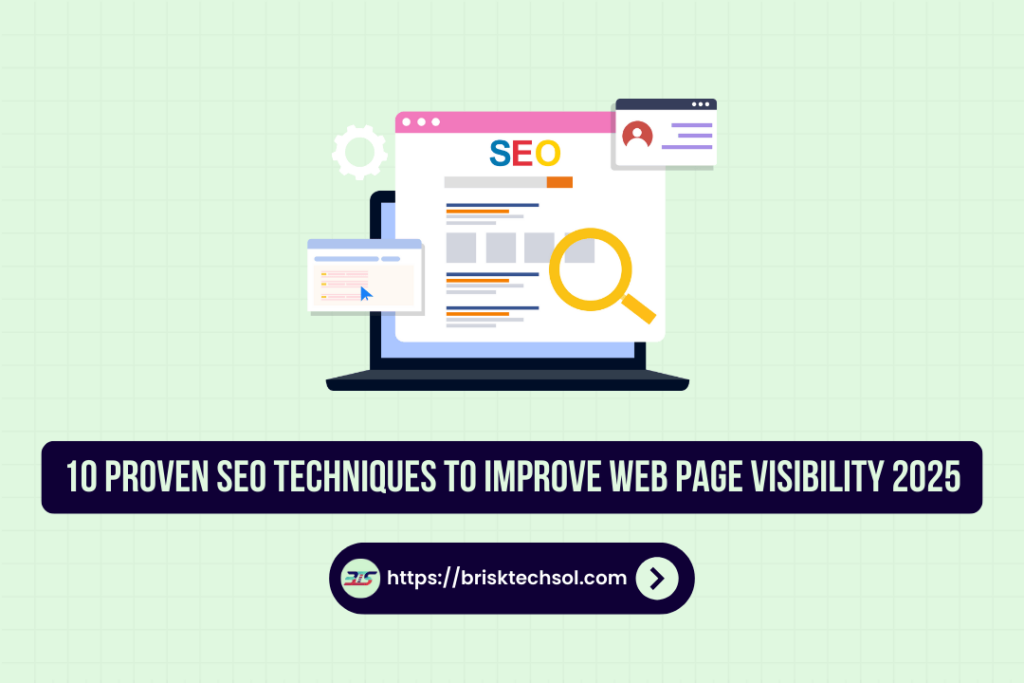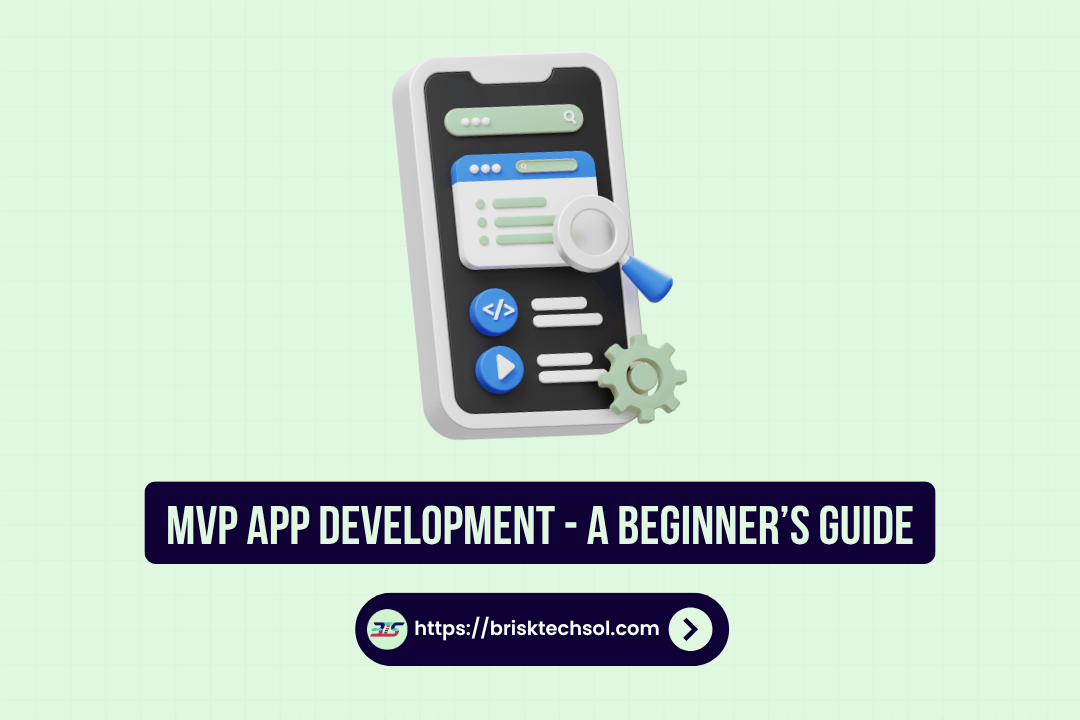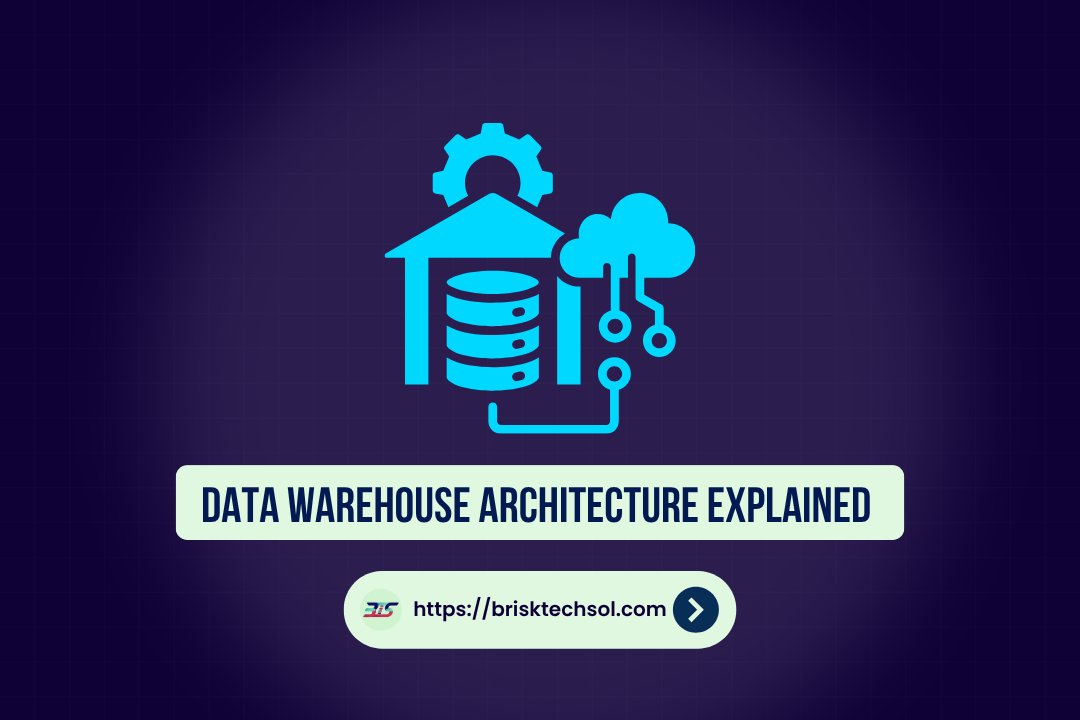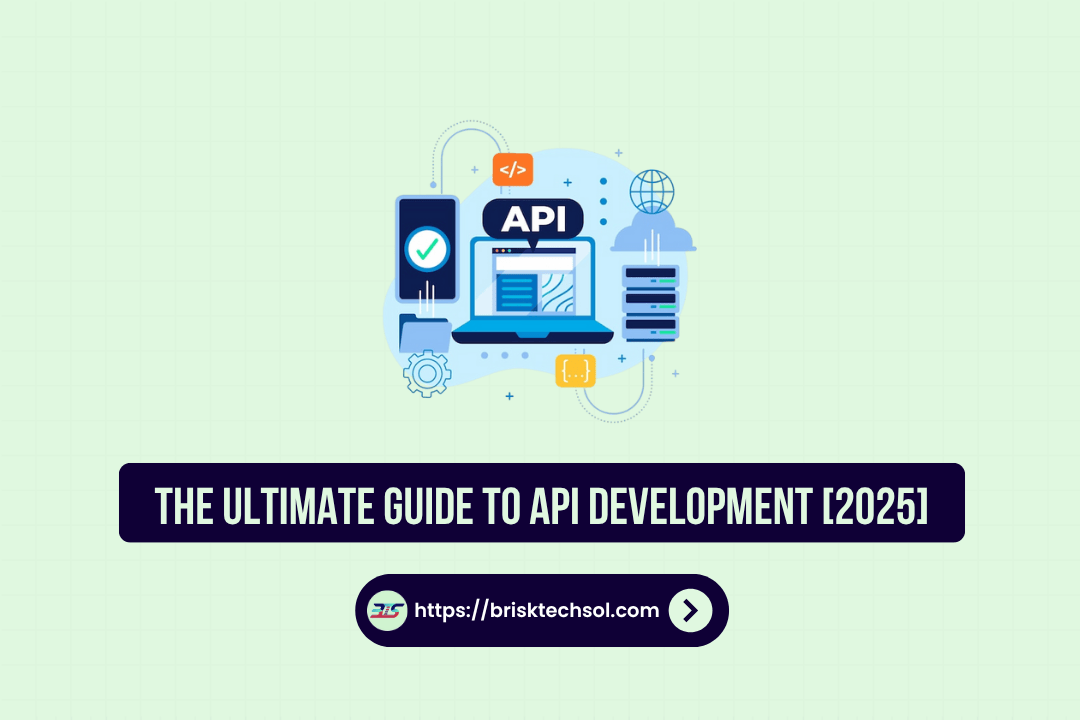In today’s digital age, standing out online is crucial. Search engine optimization (SEO) is the powerhouse behind high visibility. This article explains 10 proven SEO techniques designed to boost your web page’s ranking and attract organic traffic. Whether you’re a beginner or expert, these actionable strategies will boost your SEO game.
SEO Fundamentals and Importance
Search engine optimization is the practice of enhancing a website’s visibility on search engines such as Google. At its core, SEO revolves around understanding search engine algorithms, user behavior, and content relevance. In fact, studies reveal that over 93% of online experiences begin with a search engine query, emphasizing the need for robust SEO strategies. The fundamentals include on-page optimization, quality content, technical performance, and off-page factors such as backlinks. Recognizing these elements allows marketers to create an integrated approach that not only attracts but also retains visitors.
Investing time in keyword research, content optimization, and technical improvements is no longer optional it’s essential. By mastering the basics, you lay a strong foundation for advanced techniques. This comprehensive understanding of SEO fundamentals ensures that every strategy implemented builds toward enhanced visibility, improved rankings, and sustained organic growth.
Technique 1: Keyword Research and Analysis
Keyword research is the cornerstone of any successful SEO strategy. It begins by identifying seed keywords—those primary terms that define your business niche—and expanding them using LSI and NLP techniques. Using advanced tools like Google Keyword Planner, Ahrefs, or SEMrush, you can pinpoint high-volume, low-competition keywords that attract targeted traffic. Data-driven insights help determine which keywords to prioritize based on search volume, competition, and relevance.
A well-planned keyword strategy should balance short-tail and long-tail keywords. While short-tail keywords drive volume, long-tail keywords capture specific user intent and often convert better. Integrating synonyms and related terms—such as “improve search ranking,” “enhance online visibility,” and “optimize site performance”—ensures a natural language flow that both users and search engines appreciate.
Quick Comparison Table for Keyword Metrics:
| Metric | Definition | Benefit |
|---|---|---|
| Search Volume | Average monthly searches | Identifies high-interest topics |
| Competition Level | Difficulty to rank for keyword | Helps prioritize low-competition terms |
| Keyword Difficulty | Estimated effort to rank | Guides strategic content planning |
By analyzing these metrics, you can craft content that is both search-engine friendly and highly relevant to your target audience. A consistent review of keyword trends and periodic updates ensure that your strategy remains effective over time, ultimately driving quality organic traffic to your web pages.
Technique 2: On-Page Optimization
On-page optimization focuses on fine-tuning elements within your web pages to boost search rankings. This involves optimizing title tags, meta descriptions, header tags, and URLs with targeted keywords. Incorporating relevant LSI terms throughout the content not only improves readability but also signals to search engines the context of your page.
Using structured data and schema markup can further enhance how search engines interpret your content. Studies show that optimized meta tags can improve click-through rates (CTR) by up to 20%. Additionally, ensuring images have descriptive alt text—using keywords like “SEO techniques” and “web page visibility”—reinforces content relevance.
A systematic approach involves auditing your content to ensure that keyword density remains natural. Over-optimization, often referred to as “keyword stuffing,” can lead to penalties. Instead, aim for balanced integration where primary and secondary keywords appear in the introduction, body, and conclusion. Internal linking plays a crucial role as well, directing readers to related content and helping search engines index your site effectively.
On-Page Elements Quick Table:
| Element | Optimization Tip | Expected Benefit |
|---|---|---|
| Title Tag | Include primary keyword early | Higher CTR and improved rankings |
| Meta Description | Craft engaging summaries with keywords | Increased click-through rates |
| Header Tags (H1-H3) | Use natural keyword placement | Better content structure |
| Image Alt Text | Describe images with target keywords | Enhanced image search performance |
By ensuring every on-page element is optimized, you create a cohesive environment that both users and search engines find valuable.
Technique 3: High-Quality Content Creation
Content is king and in SEO, quality content reigns supreme. Crafting content that meets user intent is essential for attracting and retaining visitors. High-quality content is well-researched, engaging, and informative. It naturally incorporates primary keywords, along with their synonyms and related terms, without compromising readability.
When creating content, consider diverse formats such as blog posts, infographics, videos, and interactive media. Statistics indicate that websites with varied content types can see a 2X increase in engagement. In addition, using NLP keywords helps ensure that your content answers user queries comprehensively.
Content should be updated regularly to stay relevant. Including data, case studies, and statistics adds authority and trustworthiness. For example, citing that “organic search drives over 50% of website traffic” not only reinforces your point but also boosts credibility. Break up text with subheadings, bullet points, and visuals to improve the user experience and lower bounce rates.
By focusing on user intent and delivering valuable information, high-quality content becomes the backbone of a successful SEO strategy. This approach not only attracts search engine attention but also converts visitors into loyal readers or customers.
Technique 4: Technical SEO Improvements
Technical SEO involves optimizing the infrastructure of your website to ensure search engines can efficiently crawl, index, and render your pages. Improving site speed, mobile responsiveness, and fixing crawl errors are essential components of technical SEO. Research shows that even a one-second delay in page load time can reduce conversions by up to 7%.
Implementing SSL certificates, optimizing images, and leveraging browser caching contribute to faster loading times. An XML sitemap and robots.txt file guide search engine crawlers, ensuring that important pages are indexed. Schema markup further enhances the way search engines display your content, often resulting in rich snippets that improve CTR.
Mobile-first indexing has become the norm as mobile searches now exceed desktop queries. Ensuring your site is responsive and user-friendly on all devices is paramount. Regular technical audits help identify and fix issues that could hinder performance.
Technical Fixes Quick Table:
| Issue | Optimization Strategy | Benefit |
|---|---|---|
| Slow Load Speed | Optimize images, enable caching | Reduced bounce rate |
| Crawl Errors | Regular sitemap updates, fix 404s | Better indexation |
| Mobile Responsiveness | Responsive design, mobile testing | Enhanced mobile user experience |
Addressing technical SEO ensures that your site not only ranks higher but also offers a seamless user experience—both critical factors in today’s competitive online world.
Technique 5: Backlink Building Strategies
Backlinks remain a critical ranking factor. Quality backlinks act as endorsements from reputable websites, signaling to search engines that your content is trustworthy and authoritative. A strong backlink profile can significantly boost your domain authority and improve search rankings.
Focus on white hat techniques such as guest blogging, influencer outreach, and creating shareable content. Avoid risky tactics like link schemes that may lead to penalties. Data from multiple studies indicate that websites with diverse, high-quality backlinks consistently outperform those without.
When developing a backlink strategy, aim for relevance and authority. A backlink from a high-authority domain in your industry can provide far more value than several links from low-authority sites. Regularly audit your backlink profile using tools like Ahrefs or Moz to identify opportunities and remove harmful links.
Engaging with industry influencers and participating in community forums can also yield valuable backlinks. Craft content that is not only informative but also shareable, encouraging others to link back naturally. Building relationships through social media and networking events further enhances your backlink potential.
Technique 6: Local SEO Tactics
Local SEO is essential for businesses targeting regional audiences. Optimizing for “near me” searches, local directories, and Google My Business listings ensures you capture local traffic. Research shows that nearly 78% of local mobile searches result in offline purchases, underscoring the power of localized strategies.
Begin by ensuring your business information name, address, phone number (NAP) is consistent across all platforms. Encourage satisfied customers to leave reviews, which can improve your local ranking. Incorporate local keywords naturally within your content and metadata. Tools like Moz Local can help manage your online presence across directories.
Local citations, backlinks from community sites, and local blogs also contribute to your authority. A robust local SEO strategy increases visibility in local search results, driving foot traffic and boosting conversions.
Technique 7: Social Media Integration & Content Promotion
Social media plays an indirect yet powerful role in SEO. Promoting your content through social channels can amplify your reach, attract quality backlinks, and drive engagement. Studies have found that content shared on social media often experiences a significant boost in organic search traffic.
Develop a cohesive social media strategy that aligns with your content calendar. Regularly post engaging content, use hashtags, and encourage audience interaction. Social signals such as likes, shares, and comments can influence search engine perceptions of content quality.
Integrating social media buttons on your website and offering easy sharing options increases content visibility. Collaborate with influencers and industry experts to extend your reach. Monitoring social media analytics helps you understand what resonates with your audience, allowing for data-driven improvements.
Technique 8: User Experience and Site Architecture
User experience (UX) directly influences SEO rankings. A well-structured website that offers intuitive navigation, fast load times, and clear calls-to-action improves user satisfaction and retention. Research indicates that a positive UX can reduce bounce rates by up to 25% and significantly improve dwell time.
Focus on clean, responsive design and ensure that your site is easy to navigate. Use clear headings, bullet points, and engaging visuals to break up text. An effective site architecture facilitates not only user navigation but also efficient crawling by search engines. A logical internal linking strategy further enhances this process.
Pay close attention to mobile design, as over half of all searches originate from mobile devices. Regular usability testing and UX audits help identify pain points and ensure continuous improvement. Integrating feedback from real users is invaluable for optimizing both design and functionality.
Technique 9: SEO Analytics and Data-Driven Strategies
Data is the backbone of any successful SEO strategy. Monitoring your performance using tools like Google Analytics and Google Search Console allows you to track key metrics such as organic traffic, bounce rate, and conversion rates. These insights empower you to make informed adjustments to your strategies.
Identify which keywords, pages, and content types generate the most traffic. Regular analysis helps pinpoint underperforming areas, allowing for targeted improvements. A/B testing different elements—from headlines to call-to-action buttons—can reveal what resonates best with your audience.
Data-driven strategies also involve competitor analysis. Learn from top-performing websites in your niche and adapt their successful tactics. Establishing clear KPIs and benchmarks ensures that every optimization effort is measurable and aligned with your overall business goals.
Technique 10: Using Advanced SEO Tools and Trends
Staying ahead in SEO requires leveraging advanced tools and keeping an eye on emerging trends. Today’s SEO professionals use AI-driven platforms, voice search optimization techniques, and cutting-edge analytics tools to outsmart competitors. Emerging trends such as schema markup for rich snippets, mobile-first indexing, and user intent analysis are reshaping the SEO landscape.
Tools like SEMrush, Ahrefs, Moz, and emerging AI solutions offer insights into keyword trends, backlink profiles, and overall site performance. They help forecast algorithm changes and adjust strategies accordingly. Being proactive in adopting these advanced tools can mean the difference between leading the SERPs and falling behind.
A forward-thinking SEO strategy also involves staying updated on industry news and algorithm updates from major search engines. Regular training and professional development are essential. By integrating these advanced techniques into your overall strategy, you ensure that your website remains competitive and well-positioned for future search trends.
Conclusion
In summary, implementing these 10 proven SEO techniques can dramatically enhance your web page visibility. From keyword research to advanced analytics, each strategy plays a vital role in driving organic traffic and boosting search rankings. Use these best practices, stay updated on trends, and continually optimize for sustained online success.
FAQ’S
Q1: What are the core components of these SEO techniques?
A1: The strategies encompass robust keyword research, thorough on-page optimization, high-quality content creation, technical enhancements, effective backlink building, local SEO, social media integration, superior UX, data-driven analytics, and the use of advanced SEO tools. Together, they improve search engine rankings and drive targeted traffic.
Q2: How does keyword research impact web page visibility?
A2: Keyword research identifies relevant, high-value search terms that guide content creation. By incorporating primary, LSI, and NLP keywords, you ensure that your content aligns with user intent and search engine algorithms, resulting in higher rankings and increased organic traffic.
Q3: Why is technical SEO so important for modern websites?
A3: Technical SEO ensures that your site loads quickly, is mobile-friendly, and is easily crawlable by search engines. Addressing technical issues such as crawl errors and slow load times directly improves user experience and search engine rankings.
Q4: In what ways do backlinks contribute to SEO success?
A4: Backlinks from authoritative websites act as endorsements that boost your domain authority. They signal trustworthiness to search engines, leading to better rankings and increased referral traffic.
Q5: What advanced SEO tools should I consider?
A5: Tools like SEMrush, Ahrefs, Moz, and emerging AI-based platforms provide valuable insights into keyword trends, competitor performance, and overall site health. Using these tools helps you adapt to algorithm changes and maintain a competitive edge.









